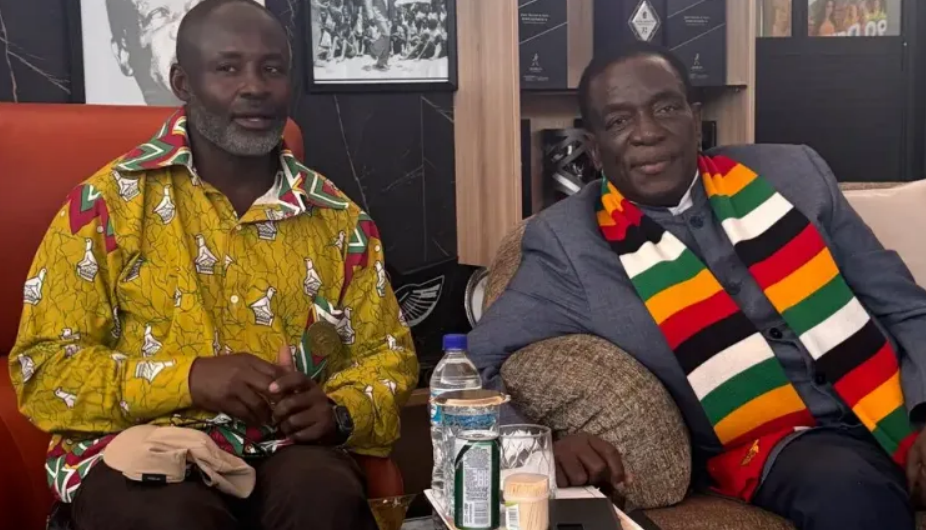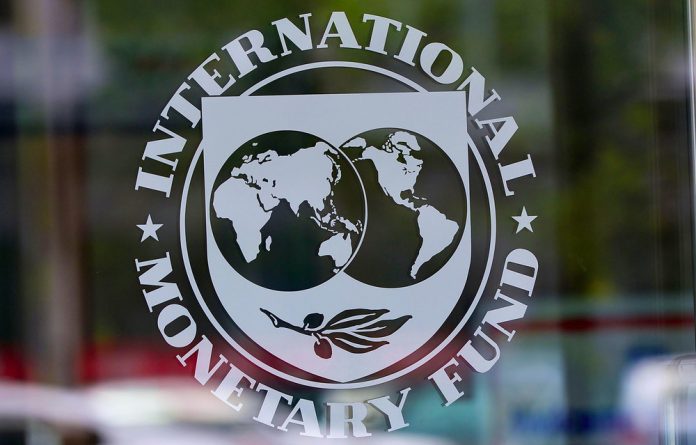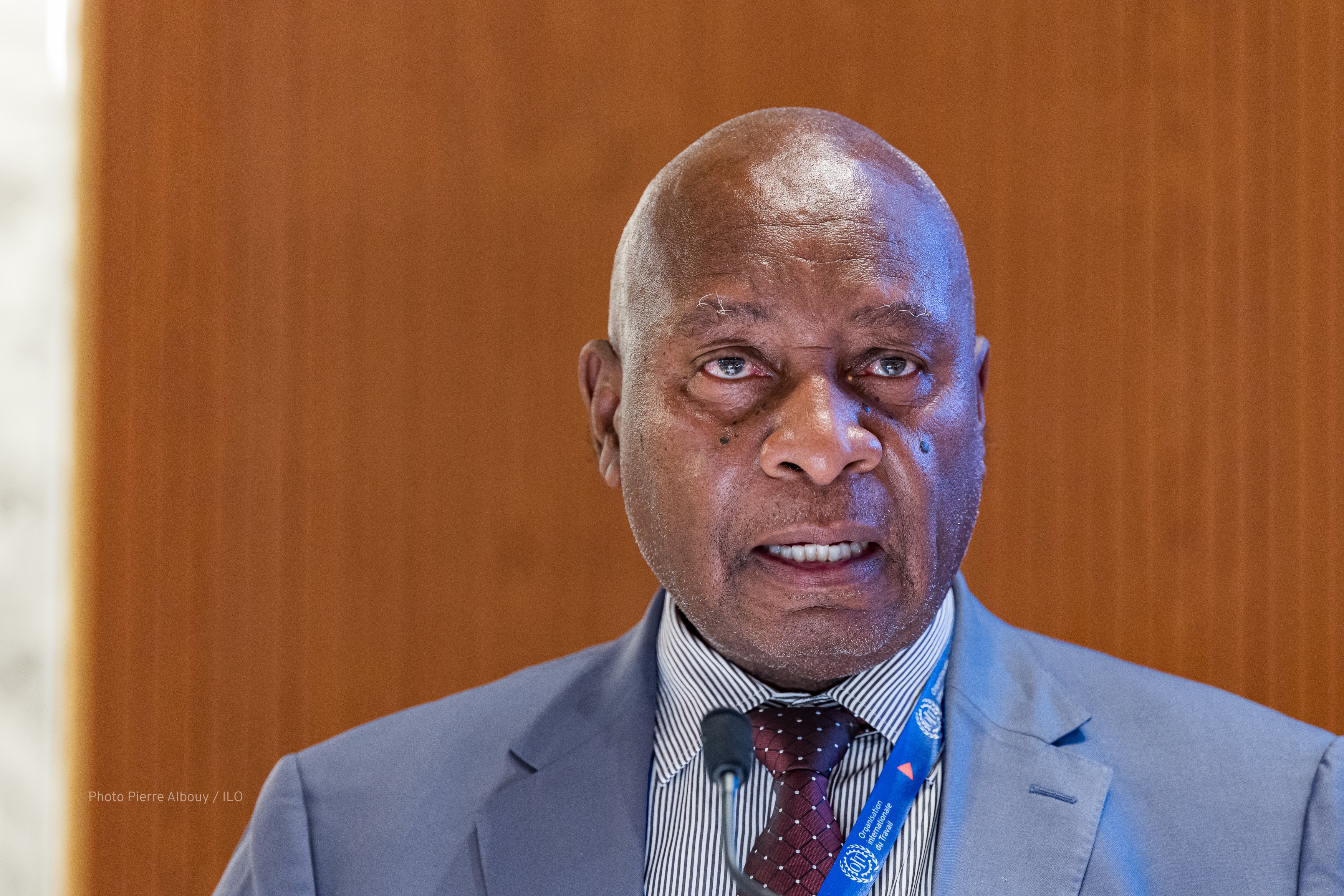Zimbabwe's once-thriving textile industry is facing imminent collapse, crippled by a surge in second-hand clothing imports and rampant smuggling that continue to erode the market share of local manufacturers. Despite government interventions, including a recently revived Cotton-to-Clothing strategy, the sector has shrunk instead of recovering, leaving many players in distress.
Zimbabwe Textile Manufacturers Association chairman Admire Masenda said local producers were buckling under heavy write-downs and an economy that has failed to support industry revival. "The textile sector has not grown but only shrunk," he said. "If you look in the formal clothing sector, they are closed. That is mainly because of the informal sector encroaching, then you get second-hand clothing, which has provided a cheaper option."
Confidence among both cotton farmers and textile players has waned, forcing some of the country's biggest retailers into corporate distress. Truworths Limited entered corporate rescue in August 2024 after failing to meet its obligations. "Our problems emanate from a lack of confidence in the sector," Masenda added. "The economy itself hasn't helped, and second-hand clothing has provided cheaper options to people. The cost and ease of doing business have not improved."
Retail giants are also struggling to survive in this harsh environment. Edgars Stores Limited CEO Sevious Mushosho acknowledged that both smuggled new clothes and second-hand imports had taken "a significant share of the clothing retail market." To fight back, Edgars launched its "express stores" chain in August 2024, targeting low-income earners with affordable new clothing in formal retail settings. "Without second-hand clothing and smuggled new clothes, we will do much better," Mushosho said, adding that innovation had been necessary to capture a niche of discerning customers.
The government has tried repeatedly to shield local producers. A fortnight ago, it announced another ban on second-hand clothing imports — the second in a decade. The first attempt in 2015 was scrapped two years later under pressure from vendors, replaced instead by punitive duties. Local Government minister Daniel Garwe said the latest ban was also aimed at combating drug smuggling, claiming illicit substances were being hidden in bales of used clothes.
But critics argue enforcement will be difficult in a country where the informal economy dominates. According to the Zimbabwe Statistics Agency, 76,1% of business establishments are informal. The World Bank estimates that three-quarters of all employment is informal, with the sale of second-hand clothes among the most common trades.
Most of these clothes arrive from Europe and North America through ports in Mozambique and Tanzania before being smuggled into Zimbabwe via porous borders with Zambia and Mozambique. Authorities insist this influx has devastated the local textile industry, causing factory closures, retrenchments, and declining exports.
While the government seeks to strengthen local producers through the development of over 200 small clothing enterprises linked to retail chains, industry players remain skeptical. Many argue that without strict enforcement of bans, improved ease of doing business, and protection in government procurement, Zimbabwe's textile industry may never recover from the onslaught of second-hand clothing.
- The Standard
 Mnangagwa to officiate at Mine Entra
Mnangagwa to officiate at Mine Entra  South African ambassador falls to death from Paris hotel room
South African ambassador falls to death from Paris hotel room  India dumps US Treasury bills
India dumps US Treasury bills  Zimbabwe's dollar stock exchange surges 45%
Zimbabwe's dollar stock exchange surges 45%  Gold edges up as traders await guidance
Gold edges up as traders await guidance  Zimbabwe gold prices move to 118.26 per gram
Zimbabwe gold prices move to 118.26 per gram  Young Investment Professional (YIP) Graduate Programme 2019
Young Investment Professional (YIP) Graduate Programme 2019 











 Young Investment Professional (YIP) Graduate Programme 2019
Young Investment Professional (YIP) Graduate Programme 2019
Editor's Pick